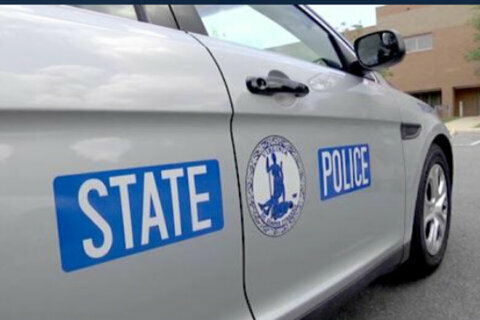Obviously it depends where in the D.C. region you are, and the amount of recent panic buying nearby, but there is gasoline to be had.
After several days of anxious drivers buying more gasoline than they need amid the Colonial Pipeline cyberattack, many gas stations are temporarily dry, and waiting for more to be delivered.
While buying more gasoline than is needed to keep your vehicles going for the next few days, until gas supply catches up with demand perpetuates the problem, some people feel the need to have a few extra gallons on hand.
The Virginia Department of Fire Programs, a state agency that provides training, support services, and resources to more than 700 of the Commonwealth’s fire departments, is offering tips for safely dispensing and storing gasoline in portable containers.
Gas should only be pumped into portable containers that are listed and approved for gasoline, which is flammable.
The container should have a tight closure, with a screwed or spring-loaded cover to prevent spills and vapors from escaping.
VDFP says gasoline should never be dispensed into a container while located in the trunk or passenger compartment of a car, or the bed of a pickup truck. Instead, the container should be placed on the ground while being filled, and away from any possible ignition sources.
The agency suggests filling the container slowly, to decrease the chance of static electricity buildup, and to minimize spilling and splattering. Fill the container no more than 95% full, to allow for expansion.
And for those tempted to store gasoline in unsafe containers — for instance, plastic bags — don’t be ridiculous.
Panic-buying has led to significant shortages of gas throughout the D.C. area, leaving nearly nine in 10 gas stations without fuel.








